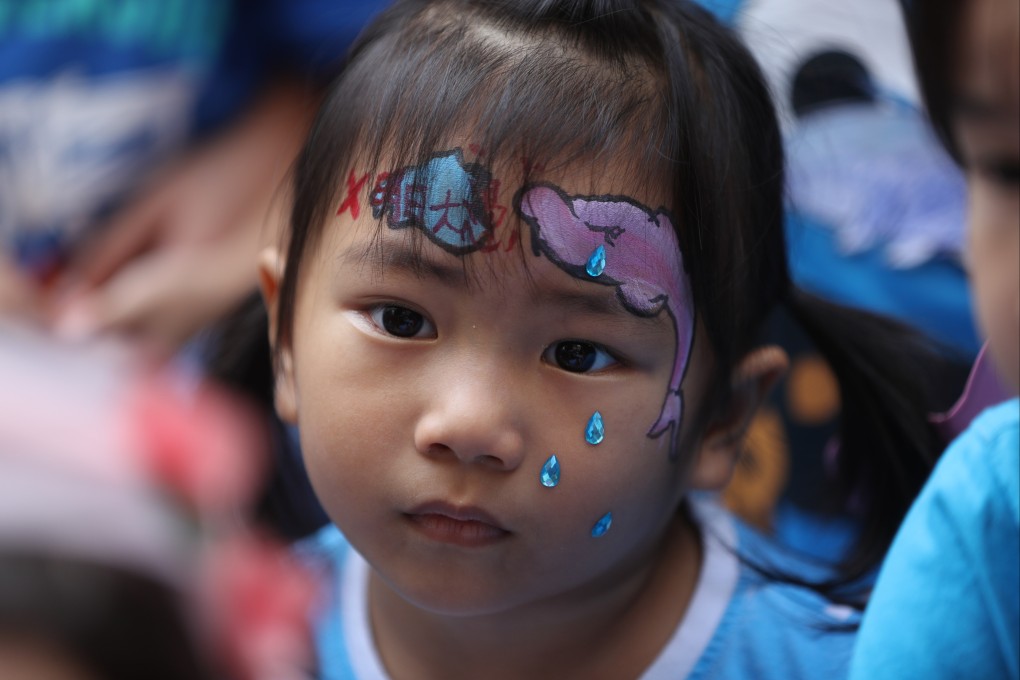Letters | Hong Kong’s environmental impact assessment process shouldn’t be a rubber stamp
- Readers discuss the conflict of interest inherent in the city’s environment impact assessment process, a possible solution to Hong Kong’s waste problem, the challenges facing China, and the management of arrivals at Hong Kong airport

The Environmental Impact Assessment Ordinance requires proponents of development projects to prepare a report assessing the project’s impact on the environment and describing measures to mitigate that impact. The project can go ahead if the Environmental Protection Department approves the report and issues an environmental permit.
Given that the Lantau Tomorrow Vision project has been breathlessly pushed by the government as a game-changer for Hong Kong, the conflict of interest is even worse.
Concern about this self-policing was voiced by Christine Loh Kung-wai, formerly undersecretary of the environment, when she was a legislator. During the second reading of the Environmental Impact Assessment Ordinance in 1997, she said: “In the case of many important projects, such as large-scale public housing, reclamations or other infrastructural projects, the project proponent sitting across the table from the director of the Environmental Protection Department will be another senior government officer representing some other aspect of the public interest. We know there will be internal conflicts within the administration over how stringently to apply the bill in such cases.”
